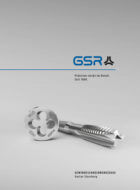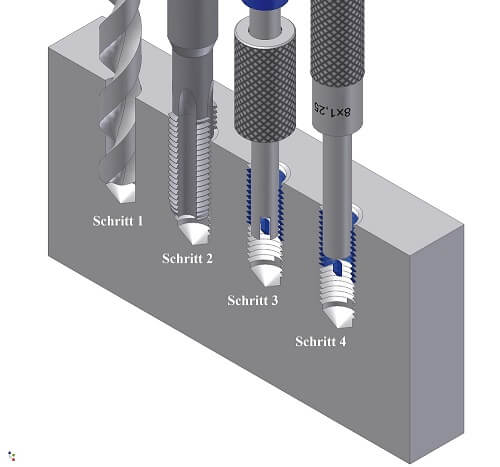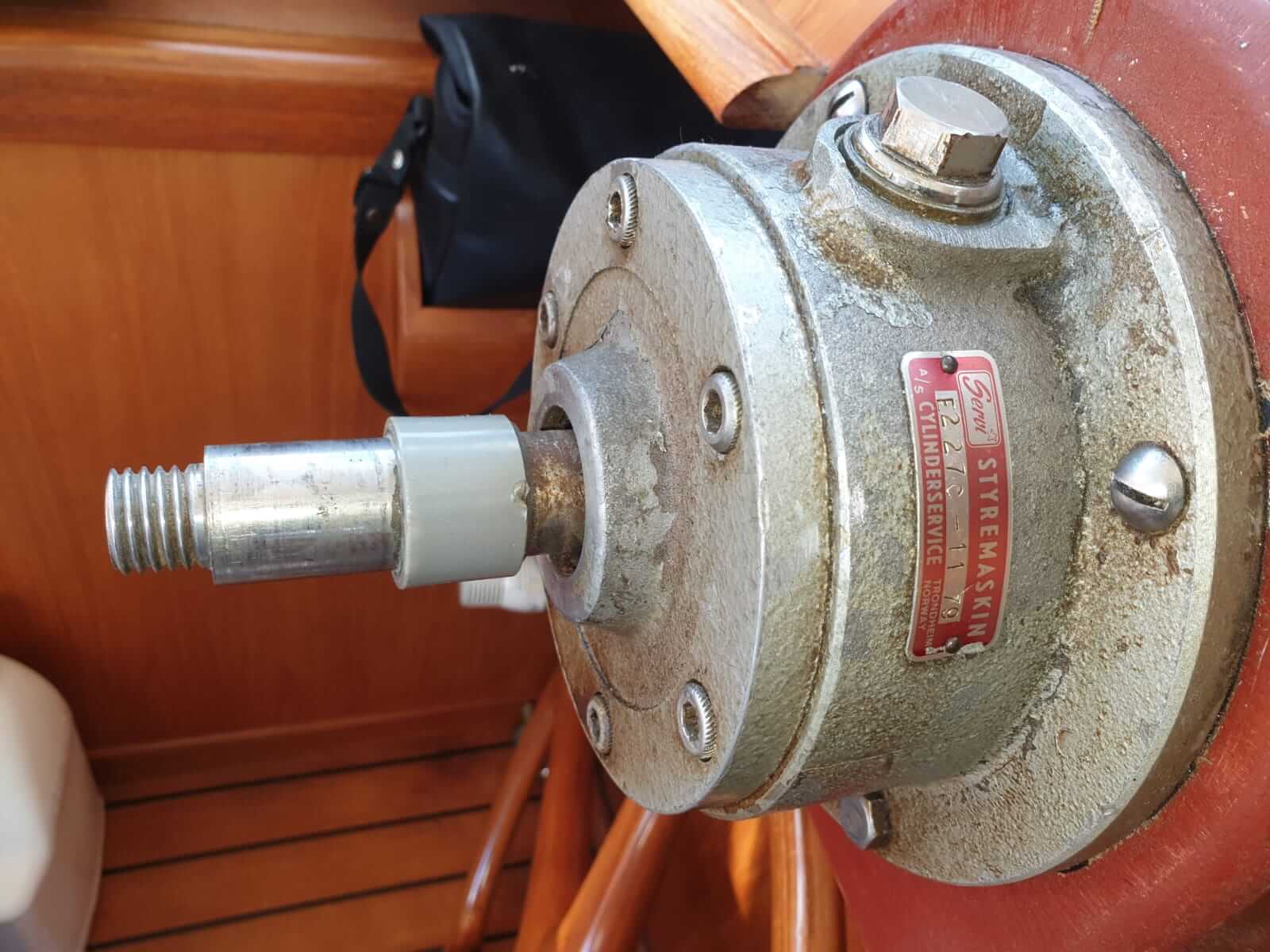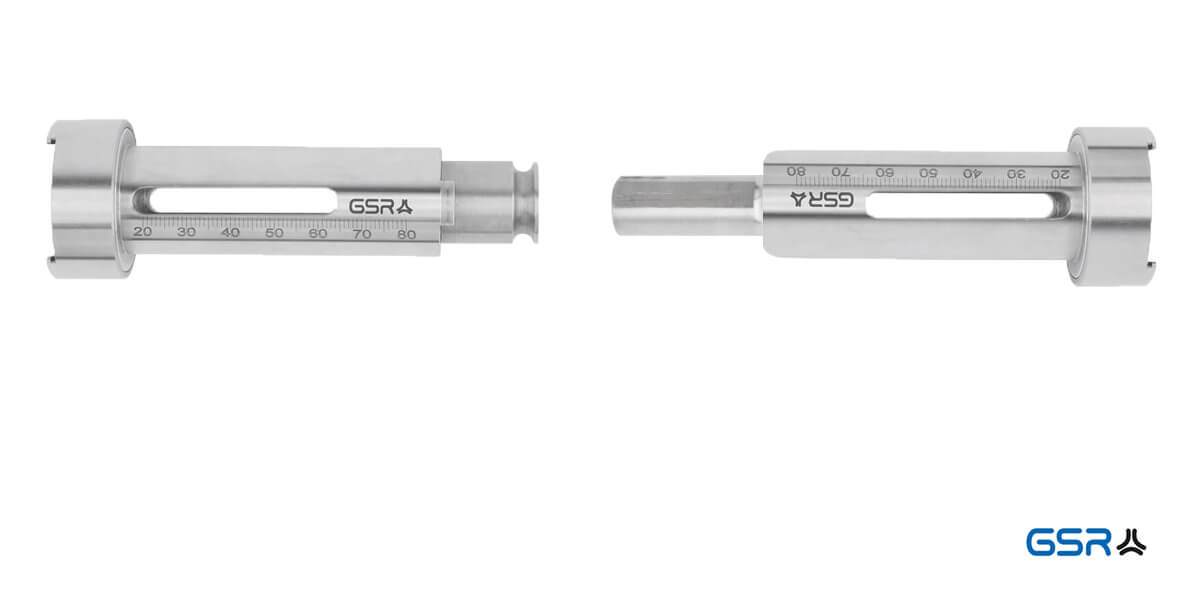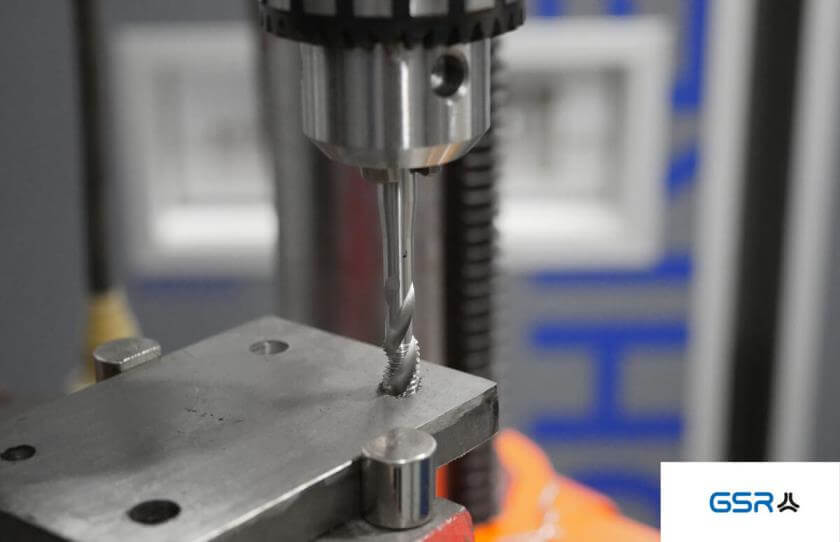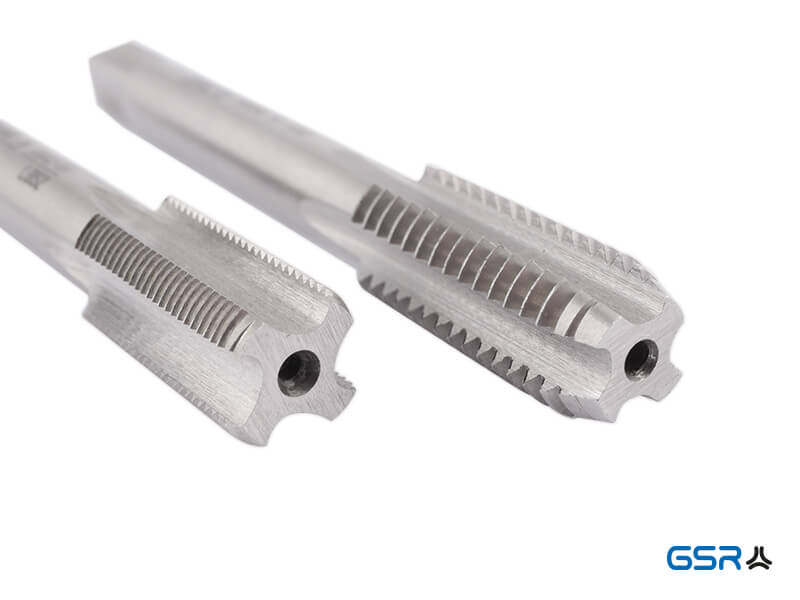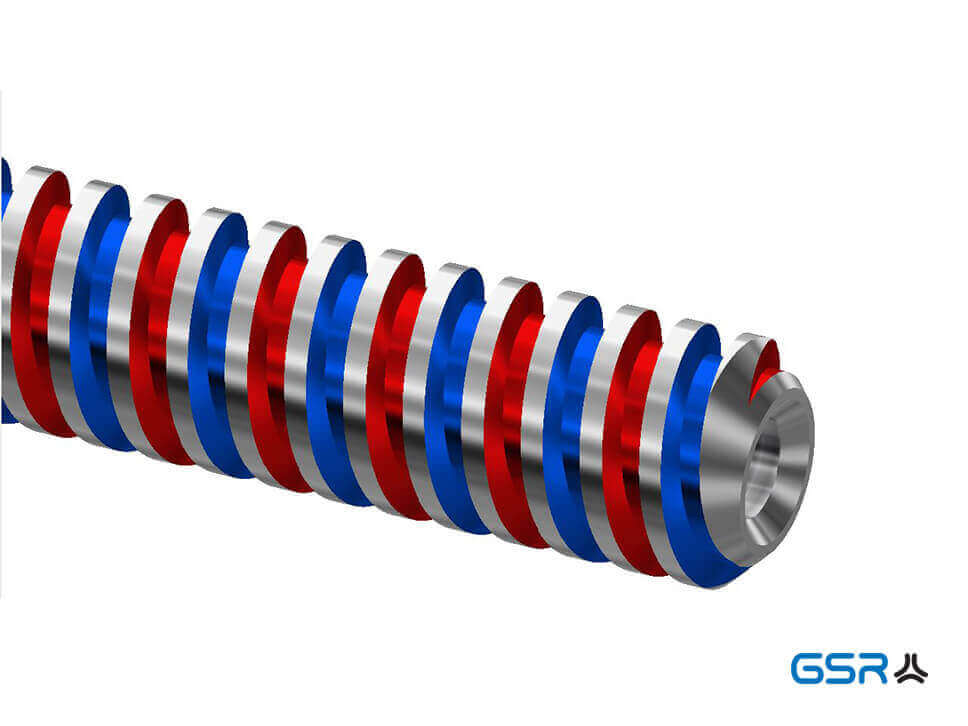In this article we would like to introduce you to dies, combination dies and hexagon die nuts.
Round die EN 22568 ( old = DIN 223 )
For the production of external threads according to ISO standards for metric standard threads from M1 – M 68 and for metric fine threads M1 – M56, round dies in pre-slit design (form B) are used. For the outside diameters d=16 mm and d= 20 mm the dies have three chip holes, for larger versions four or more chip holes. The dies can be used on both sides, because the gates are on both sides.
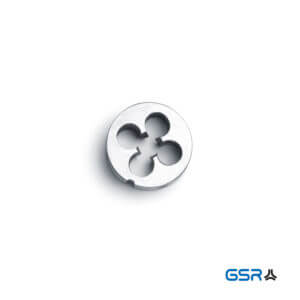
Round Die EN 22568 ( alt = DIN 223 )
Combination die according to factory standard similar to EN 22568
Dies with the same outer diameter of d = 25 mm for sizes M3 M4 M5 M6 M8 M10 M12 are called combination dies. They deviate from the DIN standard in their outside diameter. This means that the user only needs one die holder in the size 25 x 9 mm for the sizes M3-M12. (see also: Threading tool sets in combination design)
Hexagon self-tapping nuts DIN 382
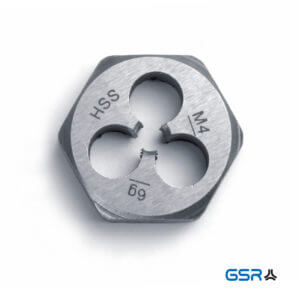
Hexagon cutting nuts are used for assembly work and for re-cutting threads in materials with low and medium tensile strength. The standardized wrench dimensions of the hexagon allow the use of ring or open-end wrenches as operating tools. The hexagonal outer surfaces are burnished to be abrasion-resistant and corrosion-resistant.





